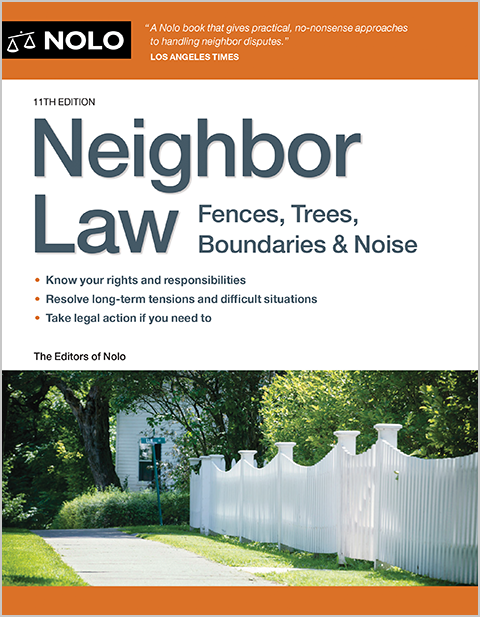If you're an animal lover choosing a house, be attentive to what rules might restrict what pets you can have, where they can go within the community, and how they (and thus you) are expected to behave.
If you're thinking about buying a condominium, townhouse, or other property within a planned subdivision or community, be prepared for rules. Lots of them. Your community is likely governed by a homeowners' association (HOA), which will enforce rules covering everything from the kind of shutters you can have on the windows to how many pets you can have to what color you can paint the doghouse.
That means if you share your life with a dog or other pet, or hope to some day, you should pay special attention to what's allowed before buying into such a community; and maybe consider buying a home that's not subject to this level of outside control.
(This article does not discuss your right to keep a service dog or other animal, which should, by federal law be allowed in most situations.)
Where to Find Condo or HOA Rules on Pets and More
The rules governing a condo or similar community can be found in a document typically called the development's "Covenants, Conditions, and Restrictions" (CC&Rs) as well as the bylaws or declarations of the condominium owners' association, or a similar governing document.
As a prospective homebuyer, you have a right to review these before completing your property purchase.
What Condo or HOA Rules Typically Say About Having Pets
Brace yourself: These rules often forbid or strictly limit the number of animals that residents can have.
The level of detail can be surprising. You might be allowed no dogs, or only one dog, or up to two dogs so long as each one weighs less than 35 pounds, or only dogs that belong to one of certain breeds. (Yes, these rules can lead to absurd situations and desperate doggie diets.)
The HOA might also take steps to ensure that you obey state or local laws, for example by providing proof that your dog is vaccinated and has a license.
Cats, birds, and other pets might be similarly limited or restricted. Don't be surprised to see a rule stating that unusual pets, such as iguanas, tarantulas, or snakes, are prohibited entirely.
Your pets' behavior (and by extension, your behavior) may also be circumscribed by HOA rules.
For example, your dog might not be allowed to jump into the condo pool, bark excessively, roam unattended, or act aggressively toward other people or animals. You might be allowed to walk the dog only on a leash (and perhaps even the length of the leash) and only in certain areas, and forbidden from allowing the dog to do its business in the elevator (it happens).
You will no doubt have to pick up the dog's messes wherever they occur.
Common Penalties for Violating HOA Pet Rules
Penalties for violations depend on part on what happened and whether it was a first-time occurrence. It also depends on how vigilant the HOA is about enforcement. The HOA might start with a warning, then if the same thing happens again, escalate to a fine ($1,000 is a typical amount). It could get a court order (injunction) to back up the prohibition on your keeping a pet. In the worst case, you might be forced to give the animal up.
Can You Do Anything to Change Condo or HOA Rules?
In most cases, HOA residents can do little to get around the rules. Because many are meant to benefit all residents (such as rules mandating that fences be repaired or junker cars not be parked on a front lawn) it's actually in your interest to have an HOA that's active in enforcing the rules.
If you want to challenge a no-pets rule or one that's excessively restrictive, you will likely need to prove one of three things:
- the rule is being enforced arbitrarily or unfairly
- it is unreasonable, or
- it was not adopted by the proper procedure.
You might need an attorney's help for a challenge like this. It will involve a lot of perusal of fine print, and possible investigations into past behavior by the HOA board.
Talk to a Lawyer
Need a lawyer? Start here.
How it Works
- Briefly tell us about your case
- Provide your contact information
- Choose attorneys to contact you
- Briefly tell us about your case
- Provide your contact information
- Choose attorneys to contact you


